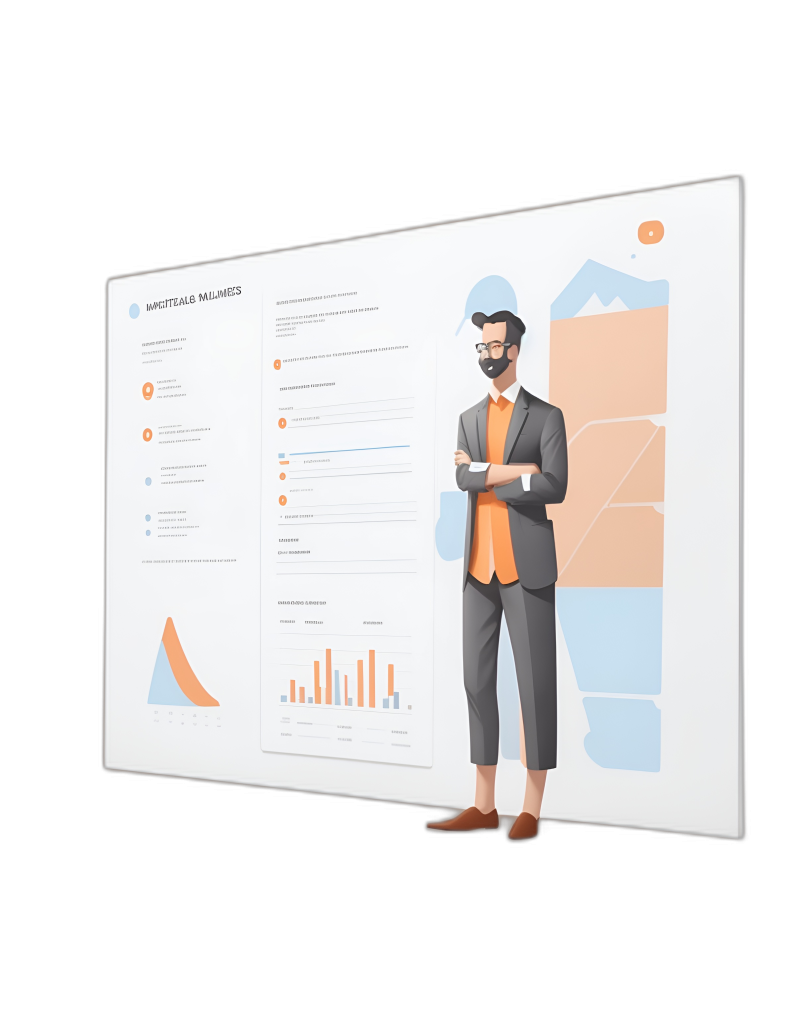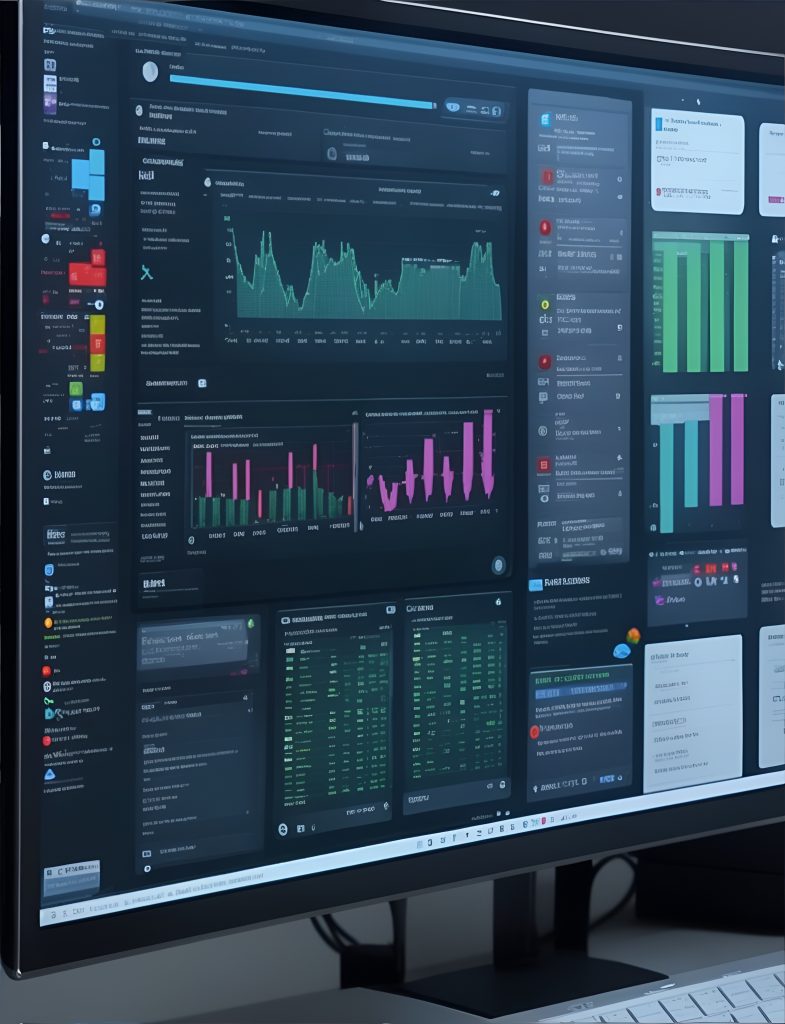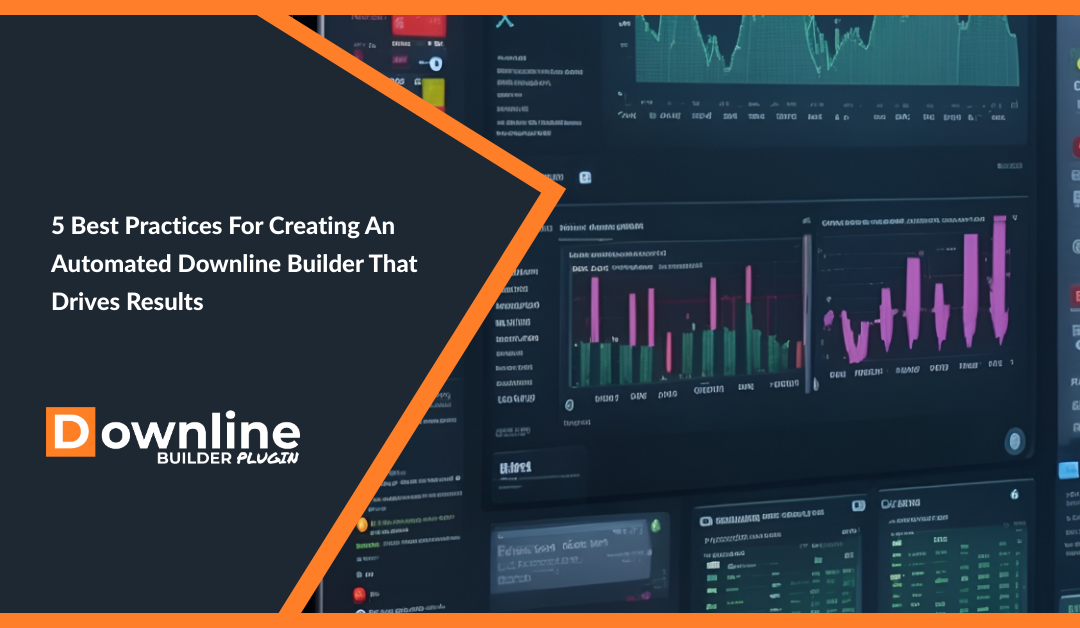Welcome back, readers! Today, we are diving deep into the world of the automated downline builder and sharing the best practices to drive incredible results. Downline Builder Plugin has been at the forefront of helping individuals start their affiliate membership sites with replicated funnels, training areas, and resource sharing. Now, let’s explore how you can leverage the power of automation to take your downline building efforts to the next level.
Table of Contents
Before we begin, let’s clarify the significance of an automated downline builder. In today’s fast-paced digital landscape, manual processes can only take you so far. By automating lead generation, follow-ups, and even sales, you can save time and effort while maximizing your results. With that in mind, here are five best practices for creating an automated downline builder that drives exceptional outcomes.
1. Define Your Audience
To effectively automate your downline building, you need to have a deep understanding of your target audience. Who are the people you want to attract to your affiliate membership site? What are their pain points and desires? By creating detailed buyer personas, you can tailor your automated system to resonate with your ideal audience, increasing the chances of driving conversions.

Furthermore, don’t limit your understanding of the audience to just demographics. Dive deeper into their psychographics, uncovering their interests, hobbies, preferred communication channels, and online behaviors. This information will allow you to create highly targeted marketing campaigns and personalized messages, increasing the effectiveness of your automated downline builder.
Take the time to conduct market research and survey your existing customers to gain insights into their motivations and preferences. Use these findings to refine your buyer personas and ensure that your automated system caters to their specific needs.
2. Craft Compelling Funnel Templates
A key component of an automated downline builder is a well-structured sales funnel. Begin by designing aesthetically pleasing funnel templates that align with your brand and capture the attention of your audience. Each step of the funnel should have a clear purpose and guide your prospects towards taking the desired action.
Moreover, consider incorporating social proof elements into your funnel templates. Testimonials, case studies, and success stories can help establish credibility and build trust with your prospects. People are more likely to join your downline if they see others have experienced positive outcomes through your system. So, sprinkle your funnel templates with proof of the value you offer.
Besides social proof, focus on creating compelling and persuasive copy throughout your funnel. Use persuasive language, address common objections, and highlight the unique selling points of your affiliate membership site. Make it clear to your prospects why they should choose your offering over others in the market.
3. Implement Effective Lead Generation Strategies
Successful downline building heavily relies on capturing high-quality leads. Utilize various lead generation strategies to funnel potential prospects into your automated funnel system. Optimize your website for lead capture by incorporating compelling call-to-actions and lead magnets.
In addition to optimizing your website, explore other avenues for lead generation. Consider hosting webinars where you share valuable insights and educate your audience. Use landing pages specifically designed to capture leads interested in your free guides, ebooks, or exclusive content. The key is to offer something valuable in exchange for contact information, allowing you to nurture and convert those leads into downline members.

Furthermore, consider leveraging social media platforms such as Facebook, LinkedIn, and Instagram to reach a wider audience. Create engaging content and run targeted ads to attract potential leads. Engage in community forums and groups where your target audience hangs out, and provide value by answering questions and offering solutions. These efforts will help you build authority, establish trust, and generate high-quality leads for your automated downline builder.
4. Utilize Email Automation for Follow-ups
Once you have captured leads, timely follow-ups play a crucial role in nurturing and converting them. Incorporate email automation tools into your downline builder to seamlessly send personalized and targeted messages to your prospects. These messages should provide value, address pain points, and showcase the benefits of joining your affiliate membership site.
To further enhance your email automation, consider creating a series of drip campaigns. These automated sequences can deliver a consistent stream of valuable content to your leads over a specified period. By carefully planning and strategizing your email content, you can build a relationship with prospects, positioning yourself as a trusted authority in the industry.
Segmentation is another essential aspect of email automation. Divide your leads into different categories based on their interests, engagement levels, or demographics. By segmenting your list, you can tailor your messages to specific groups, increasing the relevancy and effectiveness of your email campaigns.
5. Monitor and Optimize Your Automated Downline Builder
Your journey with an automated downline builder doesn’t end with implementation. Regularly monitor and analyze the performance of your system to identify areas for improvement. Use analytics tools to track key metrics such as conversion rates, open rates, and click-through rates.
Continuous monitoring allows you to identify bottlenecks or areas where your automated system may not be performing optimally. By identifying these areas, you can make data-driven decisions and implement necessary optimizations to maximize your results. Remember, an automated downline builder is an iterative process. Keep refining and optimizing based on the insights you gather from your analytics.
Additionally, encourage feedback from your downline members and prospects. Surveys or feedback forms can provide valuable insights into the user experience and potential areas of improvement. Actively seek out feedback and make adjustments to your automated system accordingly.
An automated downline builder can revolutionize your affiliate marketing efforts, enabling you to scale your business efficiently. By defining your audience, crafting compelling funnels, implementing effective lead generation strategies, utilizing email automation, and continuously monitoring and optimizing your system, you can drive exceptional results and achieve your downline building goals. So why wait? Start automating your downline building journey today and watch your affiliate membership site thrive!
We’d love to hear your thoughts on automated downline builders. Have you used them before? What best practices have worked for you? Join the discussion below and share your experiences! Don’t be shy – your insights might just inspire others on their downline building journey.
Keep building your downline, and remember, success takes time and dedication. Rome wasn’t built in a day, but with an automated downline builder, it can certainly be achieved faster!

